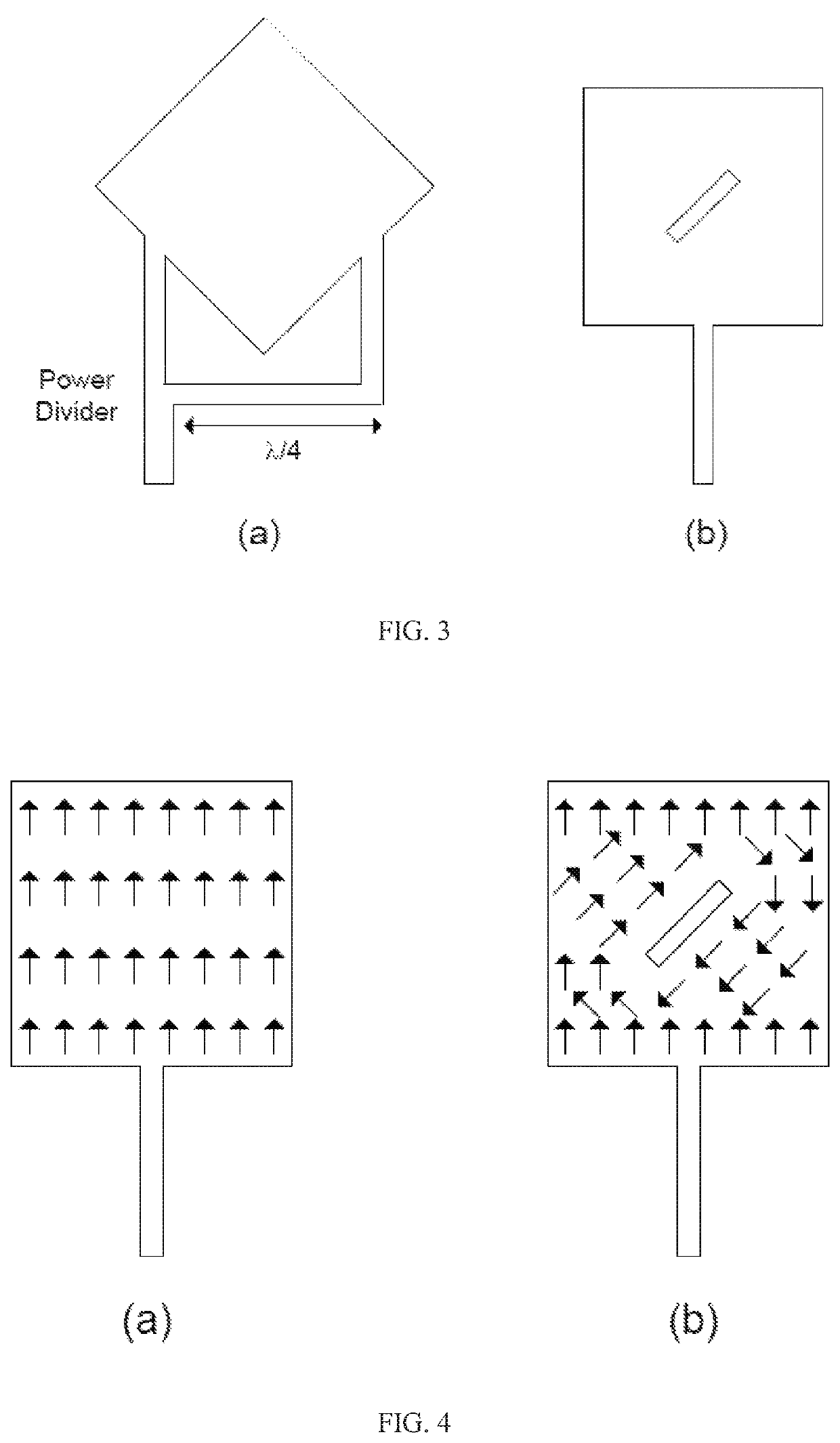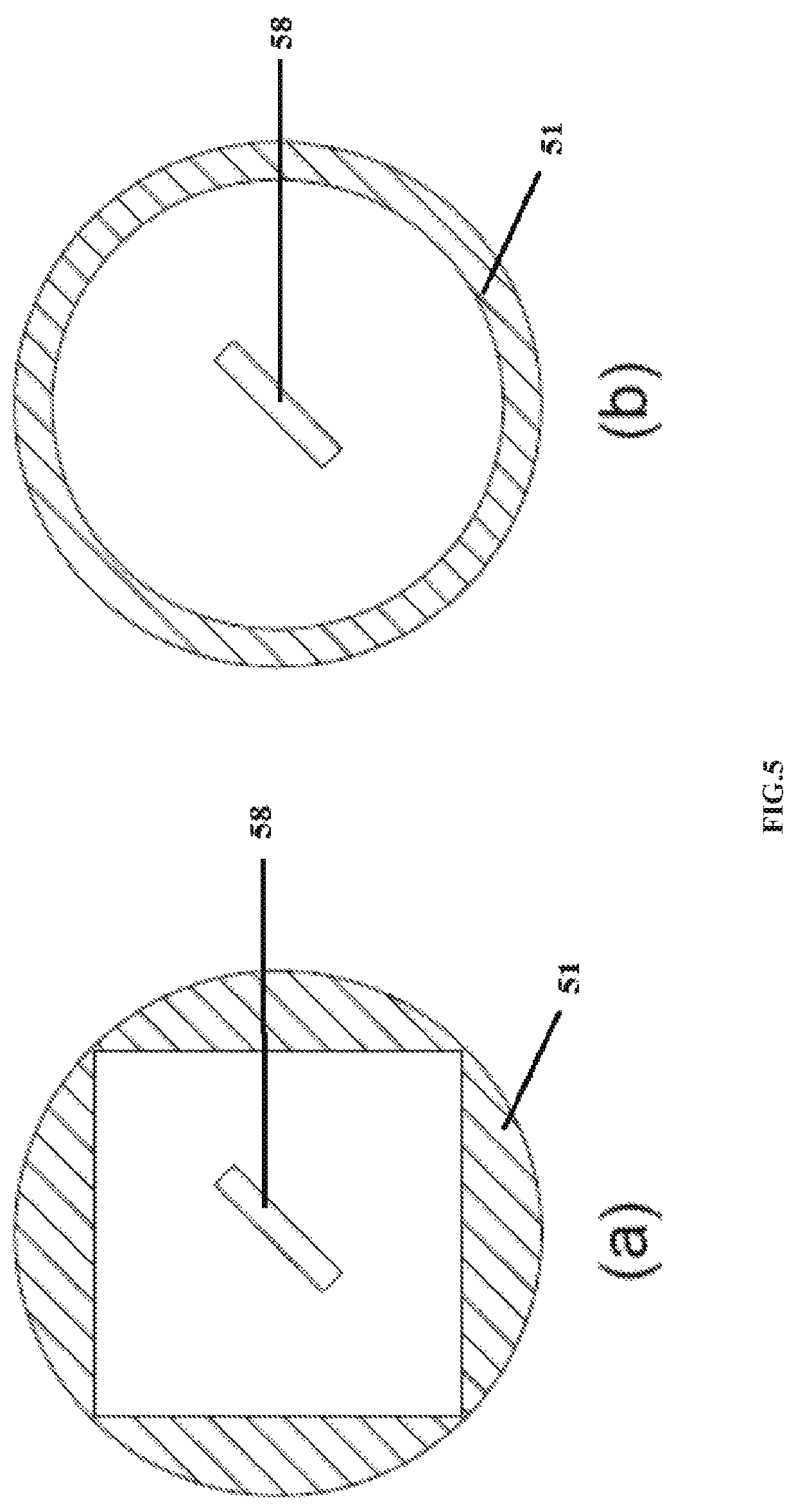Passive wireless pressure sensor for harsh environments
a wireless pressure sensor and harsh environment technology, applied in the direction of instruments, television systems, semiconductor/solid-state device details, etc., can solve the problems of sensor capable of operating in a harsh environment being exposed to high temperatures, vibration, ionizing radiation, and/or chemical exposure, and achieve excellent electrical, mechanical, optical and electrical properties. excellent, electrical isolation
- Summary
- Abstract
- Description
- Claims
- Application Information
AI Technical Summary
Benefits of technology
Problems solved by technology
Method used
Image
Examples
embodiment 1
[0054]A static or dynamic pressure sensor for harsh environments comprising: a diaphragm; a waveguide operably connected to the diaphragm; and an electromagnetic wave producing and receiving (e.g., sensing) device attached to the waveguide (opposite the diaphragm).
embodiment 2
[0055]The sensor of Embodiment 1, further comprising a handle connected between the diaphragm and the waveguide.
embodiment 3
[0056]The sensor of any of Embodiments 1 to 2, wherein the waveguide transmits radio frequency waves.
PUM
| Property | Measurement | Unit |
|---|---|---|
| diameter | aaaaa | aaaaa |
| diameter | aaaaa | aaaaa |
| diameter | aaaaa | aaaaa |
Abstract
Description
Claims
Application Information
 Login to View More
Login to View More - R&D
- Intellectual Property
- Life Sciences
- Materials
- Tech Scout
- Unparalleled Data Quality
- Higher Quality Content
- 60% Fewer Hallucinations
Browse by: Latest US Patents, China's latest patents, Technical Efficacy Thesaurus, Application Domain, Technology Topic, Popular Technical Reports.
© 2025 PatSnap. All rights reserved.Legal|Privacy policy|Modern Slavery Act Transparency Statement|Sitemap|About US| Contact US: help@patsnap.com



